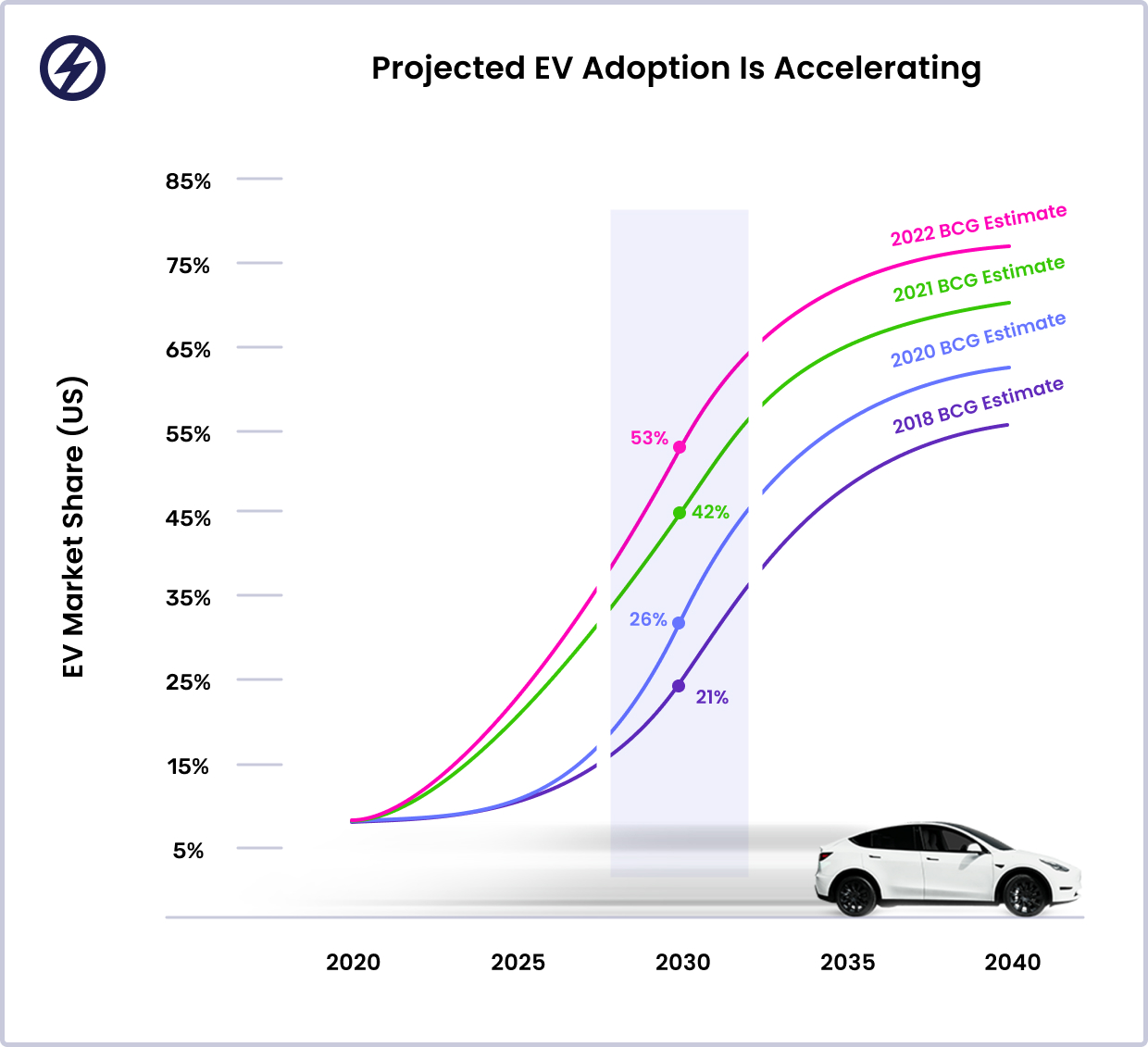I’ve noticed that electric vehicle (EV) adoption has hit a roadblock recently, with sales slowing down according to recent data. While we’ve been talking about the shift towards electric cars for years in the automotive industry, it seems that consumers are still hesitant to fully embrace EVs.
The Hybrid Alternative
Interestingly, while EV sales are slowing, hybrid vehicle sales have been on the rise. This trend suggests that consumers may be more willing to consider alternatives to traditional gasoline-powered vehicles. Hybrids offer a combination of gas and electric power, providing a compromise for those who aren’t quite ready to make the leap to a fully electric vehicle.
The Charging Infrastructure Challenge
One of the key challenges hindering EV adoption is the issue of charging infrastructure. Many of us are concerned about the availability of charging stations and the time it takes to charge an EV compared to filling up a gas tank. Consequently, this has led some to choose hybrid vehicles instead, as they offer the convenience of gas-powered refueling without the range anxiety associated with EVs.
Automakers’ Response
In response to these challenges, automakers like Ford and Tesla are investing heavily in developing new technologies to improve charging speed and accessibility. For instance, Ford recently announced plans to build a network of fast-charging stations across the country to support its lineup of electric vehicles. Meanwhile, Tesla continues to expand its existing Supercharger network, making it easier for Tesla owners to recharge their vehicles on the go.
The Uphill Battle for EV Adoption
Despite these efforts, it seems that EV adoption is still facing an uphill battle. While the long-term benefits of electric vehicles, such as lower emissions and reduced dependence on fossil fuels, are clear, consumers are still hesitant to make the switch. This reluctance may be due to a lack of awareness about the benefits of EVs, as well as concerns about the cost and practicality of owning an electric vehicle.
The Rise of Hybrid Vehicles
In the meantime, hybrid vehicles are gaining popularity as a bridge between traditional gas-powered cars and fully electric vehicles. Hybrids offer a more familiar driving experience for consumers who aren’t yet ready to make the switch to electric, while still providing some of the environmental benefits of EVs.
The Future of Transportation
As the automotive industry continues to evolve, it will be fascinating to see how automakers address the challenges of charging infrastructure and consumer reluctance to drive greater adoption of electric vehicles. With advancements in technology and a growing focus on sustainability, the future of transportation is undoubtedly electric.
Key Points
• EV sales are slowing down
• Hybrid vehicle sales are on the rise
• Charging infrastructure remains a significant challenge
• Automakers are investing in charging solutions
• Consumer awareness and concerns need to be addressed
FAQs
1. Why are EV sales slowing down?
EV sales are slowing down due to challenges with charging infrastructure, range anxiety, and consumer reluctance to switch from traditional gas-powered vehicles.
2. What is the difference between hybrid and electric vehicles?
Hybrid vehicles use a combination of gas and electric power, while electric vehicles run solely on electric power. Hybrids offer a compromise for consumers who are not yet ready to fully embrace EVs.
3. How are automakers like Ford and Tesla addressing the challenges of EV adoption?
Ford and Tesla are investing in developing new technologies to improve charging speed and accessibility. Ford is building a network of fast-charging stations, while Tesla is expanding its Supercharger network.
Conclusion
In conclusion, while electric vehicle adoption faces challenges, the automotive industry is actively working to overcome these obstacles. As we move forward, it’s clear that the future of transportation will be shaped by our collective efforts to embrace more sustainable and efficient ways of getting around.
